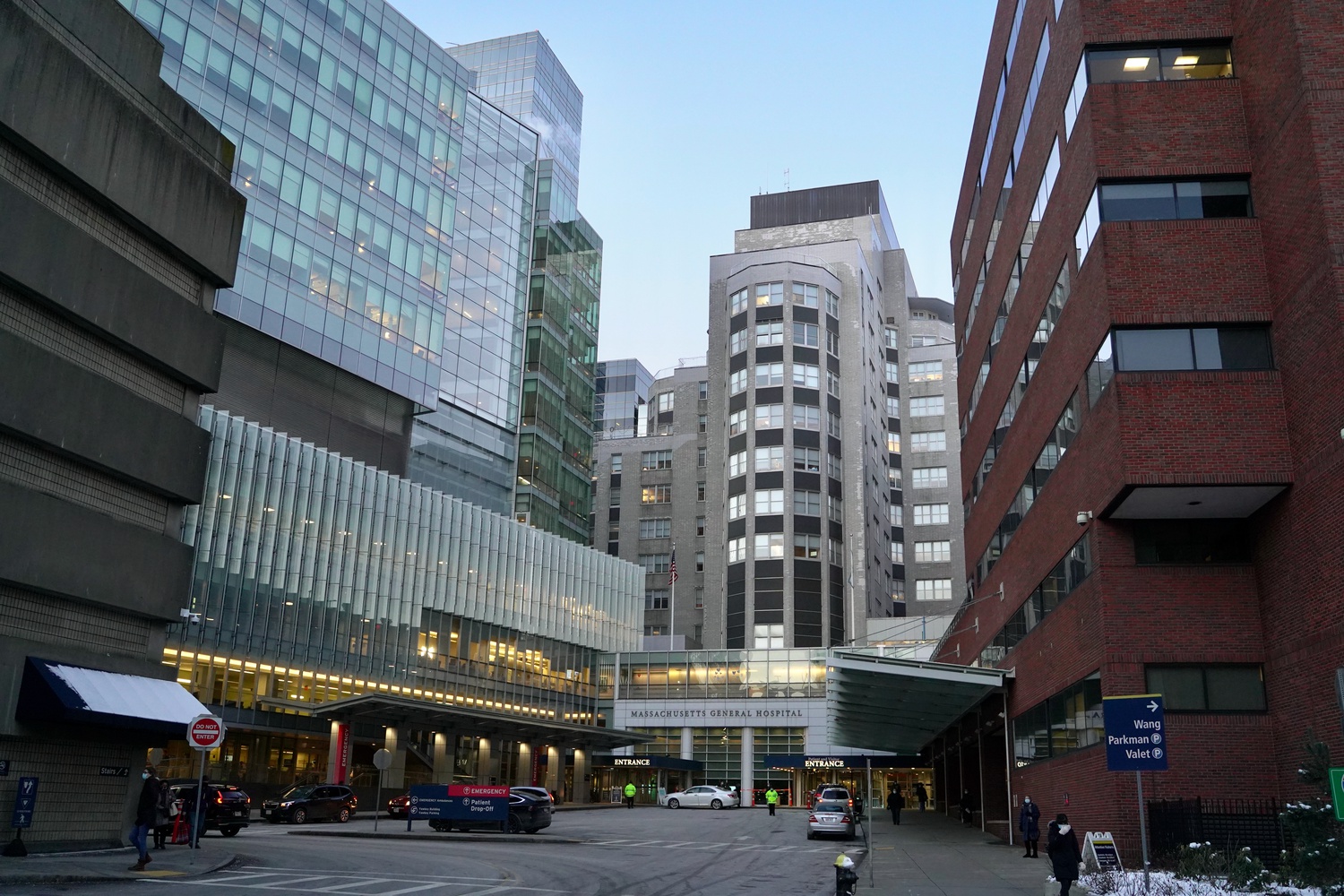Psilocybin research institutions in Massachusetts and across the United States include major universities, teaching hospitals, and specialized centers that run controlled studies under FDA and DEA pathways. These programs focus on clear protocols, strong ethics review, trained therapy teams, and reliable supply. They use validated assays and tight pharmacy controls to support safe dosing and high quality data.
Leading universities and hospitals
Massachusetts hosts a dense cluster of research institutions with the people and systems needed for controlled substance studies. Medical schools, teaching hospitals, and affiliated labs give sponsors access to experienced investigators, trained pharmacy teams, and established IRBs.
Boston academic medical centers
Boston hospitals manage complex trials and bring deep oversight to study conduct. Medical centers in the city operate inpatient and outpatient units with secure storage, badge access, and temperature monitored facilities. Pharmacy teams receive, log, and dispense investigational products under strict controls. Many centers maintain research pharmacies with separate cages, audit trails, and chain of custody logs that match study records.
Clinical departments lead protocol design across psychiatry, neurology, and palliative care. Teams train therapists who manage preparation, dosing day support, and integration visits under fixed manuals. Supervisors review session notes and hold regular case rounds. These systems support consistency across cohorts and reduce drift in session conduct.
University programs and cores
Universities in Massachusetts operate shared cores that support trial needs. Biostatistics groups advise on endpoint selection, randomization, and sensitivity analyses. Imaging centers manage MRI and PET protocols that track circuit level effects. Clinical research units handle Phase 1 safety work with continuous monitoring. Data centers host secure eCRFs, role based access, and audit trails that protect participant privacy and data integrity.
Worcester and regional institutions
Worcester and other regional hubs contribute clinical capacity and lab strength. These centers often run early pilots and method studies that build staff skill and shorten startup on larger trials. Partnerships with Boston hospitals give regional teams access to shared SOPs, therapy training, and assay support. This model expands total capacity in the state while holding common standards.
Notable U.S. research centers
Across the country, leading universities and hospitals run programs that span basic science to late stage clinical work. These centers sit within established medical schools and research hospitals. They draw on experienced IRBs and sponsor facing offices that understand controlled substance requirements.
Large academic centers in the Mid Atlantic and Northeast run high visibility programs in depression, PTSD, and substance use disorders. Their labs publish method papers on assays, stability, and cross site agreement. They train therapists under common manuals and document fidelity checks across sites.
West Coast universities contribute strengths in neuroscience and imaging. These groups link circuit findings to clinical outcomes and share analysis pipelines. They also test digital tools that capture symptom change, sleep, and function between visits.
Clinical networks in the Midwest and South add scale for multisite work. These systems bring community reach and diverse participant pools. They help sponsors test visit windows, logistics, and retention plans that can scale after early trials. Partnerships with specialty CROs support monitoring, central review, and safety board operations.
Centers of excellence and nonprofit institutes add depth. They host fellowships, run webinars, and publish accessible guides for ethics review, pharmacy setup, and therapy supervision. They connect academic teams, CROs, and suppliers to align practices and shorten startup times.
How smaller labs can collaborate
Smaller labs and regional hospitals can add real value to the field. The path starts with a clean operational base and grows through targeted collaborations.
Build the core controls
Set up storage with controlled access and temperature monitoring. Write pharmacy SOPs for receiving, labeling, dispensing, and accountability. Train two person checks for each step. Keep chain of custody forms that match kit maps and labels. Run a mock receiving using empty cartons and real labels to practice intake and logging.
Secure an IRB with controlled substance experience. Prepare consent forms, therapy manuals, safety plans, and referral steps that match the indication. Add a data management plan with eCRFs, role based permissions, and clear query resolution rules. Document adverse event workflows and suicidality checks with action thresholds.
Confirm DEA registration for the research site and any satellite storage. Align storage locations, alarm checks, and audit schedules. Keep records ready for inspection. Assign a single owner for compliance files so audits move fast and findings close on time.
Partner for assays and stability
Select a laboratory partner that runs validated methods for psilocybin and psilocin with preset acceptance ranges. Set up interlab checks on a schedule and archive results by lot. Request stability data that matches your storage conditions and shipment profiles. Keep a live packet with COAs, stability tables, and transport studies for the lots you plan to use.
Join multicenter work
Network with larger centers and specialty CROs that can place smaller sites into multicenter trials. Offer strengths that reduce the workload for sponsors. A trained therapy team, a ready research pharmacy, and fast IRB timelines make your site attractive. Be clear about patient pool, referral links, and realistic enrollment rates. Share clean records from pilots to prove competence.
Start with pilots that build skill
New teams can run small projects that build confidence and shorten startup later. Examples include healthy volunteer Phase 1 studies with tight safety windows, storage and handling pilots that test alarms and backup power, and training cohorts for therapists with supervision records. These projects give staff hands on experience and create documentation that supports larger trials.
Use shared manuals and supervision
Adopt therapy manuals that have been used in prior work. Hold regular supervision and document attendance, case reviews, and feedback loops. Rotate therapists across cases to reduce bias. Keep session rooms consistent in layout, lighting, and device rules. Simple checklists help staff stay close to the manual and protect the blind.
Plan for data quality from day one
Lock visit windows that sites can meet. Keep a weekly dashboard for adherence, deviation rates, and missed windows. Monitor allocation guess rates to watch for unblinding. Train coordinators to record reasons for withdrawal and missed visits. Central review can detect outliers across sites and prompt early fixes.
Work with experienced suppliers
Suppliers that share clear COAs, interlab checks, and stability data help smaller labs pass pharmacy intake on the first try. Kit maps, label sets, and carton records should match your storage plan and logs. Shipment memos should list lot, quantity, and temperature devices. As suppliers, we align documents with hospital workflows and support mock intake to keep first dose on schedule through Rose Hill Life Sciences.
The growing network of partners
The network of psilocybin research partners in Massachusetts and across the United States grows as institutions align on standards and share working methods. Large centers set the pace with strong protocols and transparent reporting. Regional hospitals and smaller labs add capacity and reach. Specialty CROs and assay labs knit sites together with monitoring, interlab checks, and data tools. Suppliers support intake, stability, and blind protection.
This network approach raises the quality of trial conduct. Shared manuals and supervision keep therapy delivery consistent. Common pharmacy SOPs reduce intake holds. Interlab comparisons cut disputes about assay results. Central review spots drift and unblinding risk early. The result is cleaner data and safer sessions.
Institutions that want to join this network can start with a realistic scope and a strong operational base. Build secure storage and pharmacy controls. Choose an IRB that knows controlled substance studies. Partner with labs that run validated assays and keep stability data current. Join multicenter trials to gain experience and document performance. Keep training active with short drills, checklists, and supervision notes.
Massachusetts offers a strong footprint for this work. Boston hospitals bring high acuity capacity and deep oversight. Worcester and regional centers add new slots and local reach. University cores and data centers provide analysis, imaging, and secure eCRFs. Together they form a statewide system that can run pilots, scale multisite trials, and support long follow up windows.
Across the United States, established centers, regional networks, and nonprofit institutes connect in similar ways. They share methods, co host workshops, and publish guides that help new teams start fast. Sponsors gain access to diverse participant pools and tested workflows. Pharmacy and assay partners keep kits flowing and results consistent. CROs bring monitoring strength and central analytics.
Psilocybin research advances when people align on clear plans and steady execution. Institutions that invest in controls, staff training, and transparent records earn trust and attract collaboration. As more sites reach that standard, the field gains capacity and delivers stronger evidence for future care.




